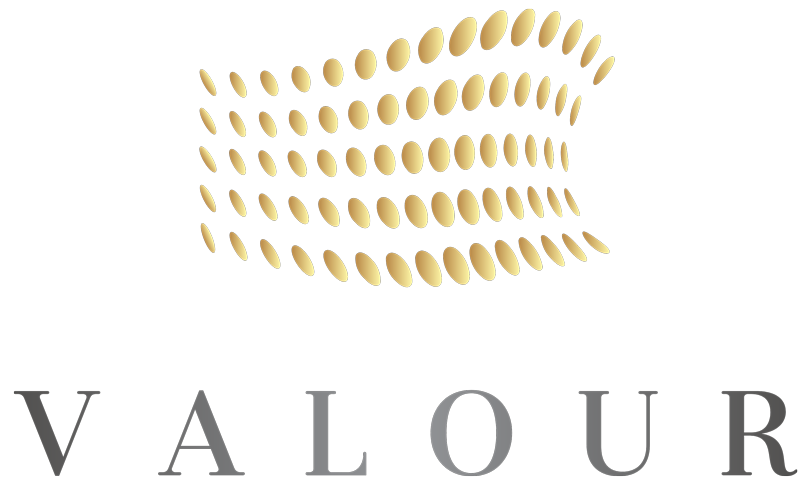Australia University Application Guide
Your GSAT Scores Can Get You into Top Australian Universities!
Australia has long been one of the most popular destinations for Taiwanese students pursuing study abroad or language immersion programs. Compared to other English peaking countries like the U.S. or the U.K., Australia offers relatively lower tuition fees while still providing world-class higher education and internationally recognized degrees.
In addition, students who complete their studies in Australia are eligible to apply for a post study work visa of up to two years, giving them valuable opportunities to gain international work experience and plan their future careers. This makes Australia highly competitive in the global study abroad market.
Typically, a bachelor’s degree in Australia takes three years to complete. An honours degree requires four years, while some specialized programs such as engineering, law, or medicine may take between four to seven years, depending on the field.
1. Pros and Cons of Studying in Australia
✅Advantages:
- University application requirements are relatively simple, and no personal resume is required.
- Application deadlines are later (compared to US/UK universities), and admission results are obtained faster.
- Bachelor’s degree programs are diverse, and degrees can be completed in a shorter time.
- Various visa options are available, making immigration easier.
- Close proximity to Taiwan with minimal time difference.
- Universities generally offer rich resources and more scholarship opportunities.
❌Disadvantages:
- Fewer university options available.
- Limited development in certain fields of study.
2. Differences Between the Taiwanese and Australian Education Systems
3. Introduction to Application Pathways
1.Studying High School Locally in Australia
The Australian high school system differs from Taiwan’s. Taiwanese students who wish to attend high school in Australia typically start from Year 11 (equivalent to Grade 11), because the ATAR program lasts two years, spanning Year 11 and Year 12. After completing these two years, students can apply directly to Australian universities using their ATAR scores (Australia’s equivalent of university entrance exams). This pathway not only saves time but also allows students to adapt to the local environment earlier.
2. Foundation
University foundation programs are preparatory bridging courses designed for international students to help them transition into university studies. The program typically lasts about one year.
Taiwanese students can generally apply after completing Year 11 (equivalent to the second year of senior high school) without needing their Taiwan GSAT exam scores; they only need to submit their current school academic records. The foundation program includes compulsory subjects such as English and Mathematics, along with elective courses related to the student’s intended university major.
3. Diploma
University diploma programs are designed to prepare students for entry into the second year of Australian universities. The duration is typically 8 to 12 months, with content similar to the first year of university in Taiwan.
Diploma programs are taught in small classes, have lower entry requirements, and are relatively more affordable. However, it is important to note that not all universities or majors offer diploma programs.
4. Taiwan GSAT, SAT, or IBDP Scores
Some Australian universities accept Taiwan’s GSAT scores. If the scores are excellent, students can apply directly to first-year university courses without needing to complete foundation or diploma programs.
Australian universities that accept Taiwan GSAT scores include:
| School |
|
2025 QS World University Rankings |
| The University of Sydney | Business, Law, Architecture | 18 |
| University of New South Wales | Engineering, Computer Science, Architecture, Business | 19 |
| Australian National University | Diplomacy, Business, Engineering, and Information Technology | 30 |
| Monash University | Pharmacy and Pharmacology, Nursing, Education, Anatomy, Finance, Law | 37 |
| The University of Queensland | Sports Science, Psychology, Education | 40 |
| Macquarie University | Applied Finance, Actuarial Science, Accounting, and International Trade | 133 |
4. Application Documents



